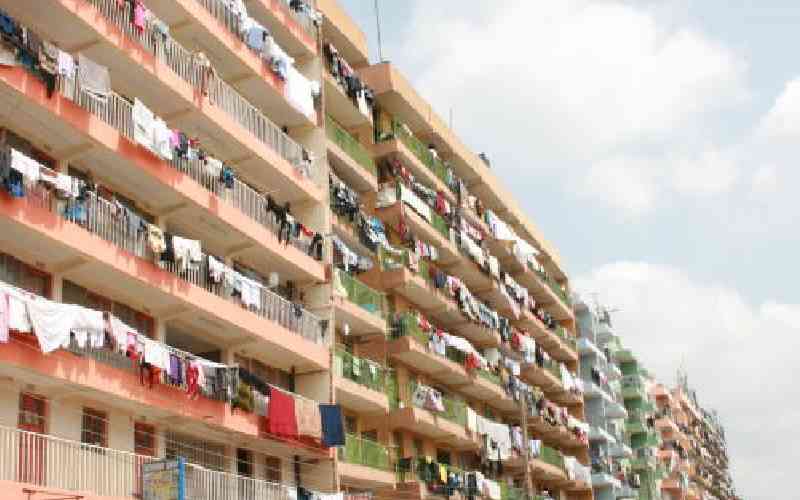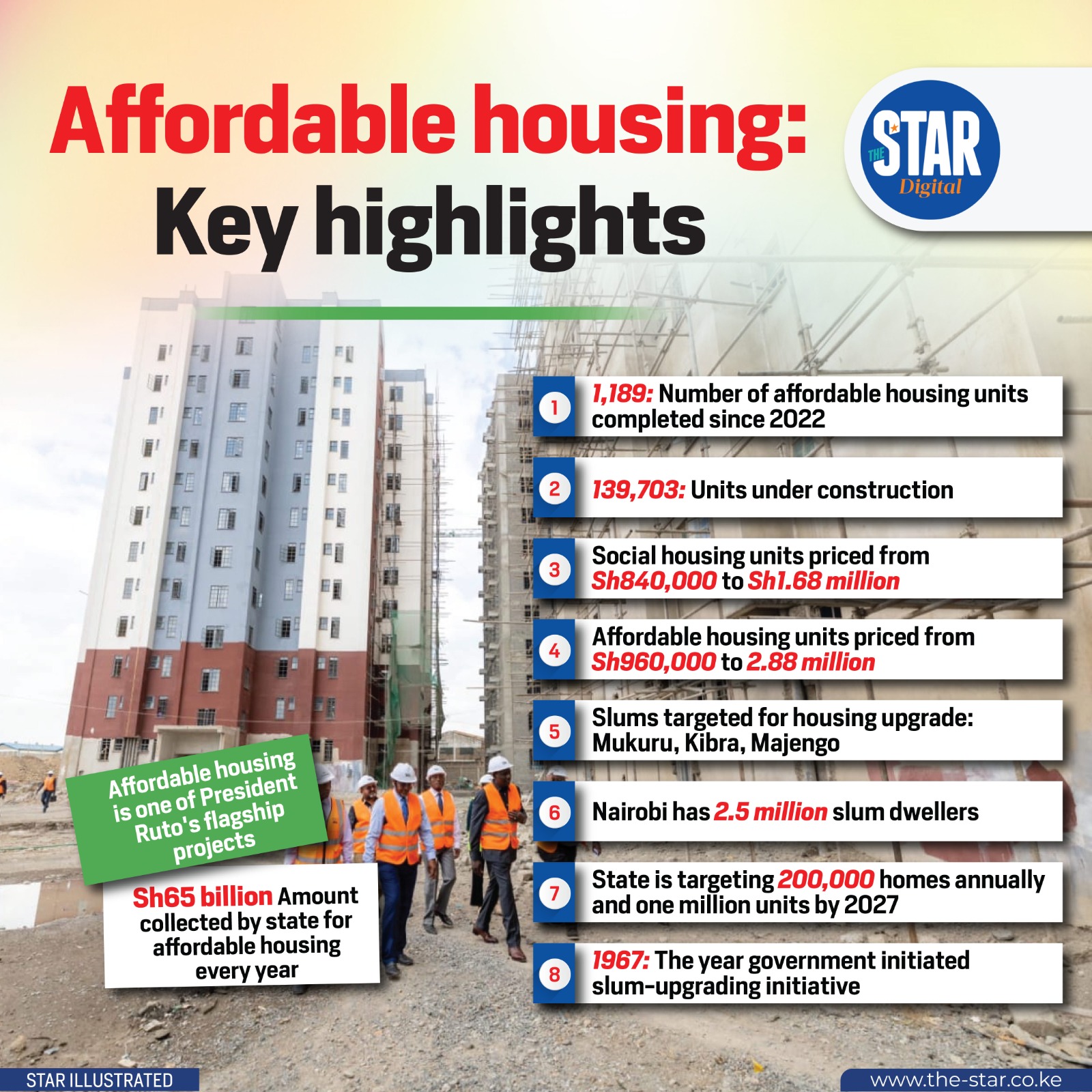Kenya is undergoing a rapid demographic transformation, marked by a significant shift of its population from rural areas to urban centers. This phenomenon, known as **urbanization**, is an unstoppable force that profoundly impacts every facet of society, with its most tangible effects seen in the booming demand for **real estate in Kenya**. As cities swell and new urban centers emerge, the need for housing, commercial spaces, and supporting infrastructure creates both immense opportunities and complex challenges for the property market. At **Vineyard Properties**, we continuously analyze these demographic shifts to identify lucrative investment zones and emerging market needs in **real estate in Kenya**.
1. The Pace and Scale of Urbanization in Kenya
Kenya's urban population has been growing at an accelerated rate, projected to reach over 50% of the total population in the coming decades. This growth is primarily concentrated in major cities like Nairobi, Mombasa, Kisumu, Nakuru, and Eldoret, as well as their rapidly expanding satellite towns. People migrate to urban areas seeking better economic opportunities, access to education, healthcare, and improved social amenities. This continuous influx is the primary engine behind the escalating demand for **real estate in Kenya**.
2. Direct Impact on Housing Demand
The most immediate effect of urbanization is the surge in housing demand. As more people move to cities, the need for residential units – from affordable apartments to middle-income homes and luxury dwellings – skyrockets. This creates:
- **Housing Deficit:** A persistent gap between the supply and demand for housing, particularly in the affordable segment.
- **Growth of Satellite Towns:** Overcrowding and high costs in city centers push people to peripheral areas, transforming once-rural localities into burgeoning urban extensions.
- **Rental Market Boom:** A large portion of the urban population relies on rental housing, sustaining a robust rental market.
For investors, this means a consistent need for new developments and a stable market for existing rental properties in **real estate in Kenya**.
3. Fueling Commercial and Retail Property Development
Urbanization isn't just about homes; it's about supporting a growing urban economy. As populations increase, so does the demand for goods and services, driving the need for:
- **Retail Spaces:** Shopping malls, local retail centers, and convenience stores to serve dense populations.
- **Office Spaces:** As businesses expand to cater to the growing urban workforce and consumer base.
- **Industrial and Logistics Parks:** To support manufacturing, storage, and distribution for urban consumption.
The symbiotic relationship between population growth and economic activity ensures that commercial **real estate in Kenya** also experiences significant demand.
4. Opportunities for Infrastructure Development
To support rapid urbanization, governments and private sectors are compelled to invest heavily in infrastructure. Roads, public transport systems, water and sewerage networks, and power supply are crucial for sustaining urban life and attracting further development. These infrastructure projects, in turn, enhance property values in the areas they serve. For investors in **real estate in Kenya**, identifying areas targeted for new infrastructure is a key strategy for predicting future property appreciation.
5. Challenges of Unplanned Urbanization
While urbanization presents opportunities, it also brings challenges:
- **Informal Settlements:** Rapid, unplanned growth often leads to the proliferation of informal settlements, posing housing, sanitation, and security challenges.
- **Strain on Infrastructure:** Existing infrastructure can become overwhelmed, leading to issues like traffic congestion, water shortages, and waste management problems.
- **Environmental Degradation:** Uncontrolled development can lead to loss of green spaces, pollution, and increased carbon footprint.
- **Affordability Crisis:** As demand outstrips supply, property prices can soar, making decent housing inaccessible for many.
Addressing these challenges requires strategic urban planning and sustainable development practices in **real estate in Kenya**.
Conclusion: Invest in the Urban Growth Story with Vineyard Properties
Urbanization is undeniably the most powerful demographic trend shaping **real estate in Kenya**. It creates a continuous, underlying demand for all types of property, offering immense opportunities for strategic investors. By understanding the dynamics of urban growth, identifying key development corridors, and anticipating the needs of evolving urban populations, you can unlock significant value. At **Vineyard Properties**, we leverage our deep market knowledge and insights into demographic trends to help you identify prime investment opportunities in Kenya's rapidly urbanizing landscape. Whether you're interested in residential development, commercial spaces, or land banking in emerging urban centers, partner with us to capitalize on the unstoppable force of urbanization and secure your future in **real estate in Kenya**.




